What are the Different Types of Audio Amplifier Classes?
When you begin shopping for an AV receiver or power amplifier, you’ll inevitably come across some letters used to designate the type of amplifier used. In the past, there were only a couple different types of audio amplifier classes, and one of them was extremely rare, but now a few more classes have come to market and there are some things that are helpful to know with respect to amplifier classes and different types of amplifiers used in today’s home theater equipment.
Without getting into too much detail, an amplifier class is a descriptive shorthand for how the amplifier handles the input signal to output signal path. It’s how the amplifier works to take a line-level input and convert the signal into something that can drive a loudspeaker. By the way, that’s the “quick” definition of an amplifier in general. I’ll jump right into classes because that’s what this article is really about.
There are numerous classes, but five categories really spring to mind as the most common. They are Class A, Class B, Class AB, Class G & H, and Class D.
Class A Amplifiers
I refer to these as “always-on” amplifiers. They are the least efficient, meaning they use the most power to do what they do. These are known as “linear” amps, which take the input voltage and run the transistors all the time throughout the entire waveform of the signal. This reproduces the entire waveform as it was input. The advantage is that they present the potential for excellent sound reproduction but at the cost of energy and a lot of heat. Class A amplifiers run very hot (literally to the touch) and will take a lot of energy whether they are working to reproduce sound or not. A Class A amplifier is always on when it’s powered up. It lacks any sort of standby or power-saving mode
Class A amps are praised for their quality and put down for their inefficiency. A Class A amp typically operates at around 20% efficiency. That means that for every 20 watts it puts out, it outputs roughly 80-100 watts in heat! A Class A amp needs a lot of ventilation on all sides in order to not overheat.
- Pros: Very accurate sound reproduction
- Cons: Energy hog, runs hot, inefficient
Class B Amplifiers
A Class B amplifier differs from a Class A amp in that each half of the waveform (positive and negative) is handled by different circuits. That means that the transistors turn on and off depending upon what part of the signal they are receiving. To do this, a Class B amplifier also needs (at the minimum) two output devices (transistors, etc) per channel. Each output device amplifies one half of the waveform and neither output device is ever on at the same time. Because of the nature of how these amplifiers work, and the fact that each set of output devices can stay off for 50% of the time, they run cooler. The sound quality, however, can suffer as the entire waveform isn’t reproduced wholly at one time. Since the signal is split into a positive and negative waveform, there is potential for distortion as the signal hits the point at which it crosses over. There is also a lot more going on and so you end up with more electronics and therefore, more opportunities to molest the sound quality.
Because of the way they work, Class B amplifiers are also known as “push-pull” amplifiers. You can typically manufacture a Class B amplifier for less money since you can use lower quality output devices since they aren’t responsible for the full load of work in amplifying the audio signal.
- Pros: More efficient operation than Class A
- Cons: Reduced sound quality, higher distortion
Class AB Amplifiers
Now we’re starting to cook with gas…The Class AB Amplifier is the combination of both of the former classes and it really delivers the best of both worlds. It maintains the sound quality of a Class A amplifier but seeks the efficiency of a Class B amp. This is accomplished by operating in Class A mode when output levels are low. The trickle of voltage that flows in the output device (output bias) is also kept on a bit longer so that the push-pull effect minimizes any distortion during the point where the waveform crosses over from positive to negative and back. This also makes the amp “faster” and assists each part of the process. Class AB amplifiers all but eliminate the non-linear problems of Class B amps but they ramp up efficiency to Class B levels or more (typically around 50%). They still run hot, but nothing compared to a purely Class A amplifier. Class AB amplifiers are the most common type of amps for home theater and even car stereos.
- Pros: More efficient operation than Class A, potential for high sound quality
- Cons: Stereo purists will still want Class A amplification
Class G Amplifiers and Class H Amplifiers
A Class G or Class H amplifier is essentially a Class AB amp on steroids. And this is where we start talking about voltage rails. The voltage rail is the amount of voltage allowed or produced by the power supply. It’s typically something that is “set.” A Class G amplifier is an amp that acknowledges the need for extra power when the signal calls for it. When the peaks of the output signal exceed the main voltage rail, the amp switches the output signal to a secondary higher voltage rail and handles the load. This allows Class G amplifiers to operate at higher Class AB efficiency, but also provide for larger peaks as needed without having to raise the voltage rail across the board.
A Class H amplifier is very similar, but it monitors the voltage on the input side and adjusts the supply rail voltage as needed, allowing for handling of peaks.
- Pros: Sophisticated quality meets efficiency
- Cons: Difficult to pull off well
Class D Amplifiers
First and foremost: Class D amplifiers are not (necessarily) digital amps. They are commonly referred to as such and so it’s good to kill that terminology in order to avoid confusion. The primary attractiveness of Class D amps is efficiency. Another name for a Class D amplifier is a “switching” amp due to how they rapidly switch output devices at least twice per cycle (waveform). Since we’re talking about audio frequencies (up to 20kHz) that can mean they might switch a converted input signal on and off millions of times each second. Because of how they are designed, Class D amps are typically in the range of 80% or more efficient. What’s difficult with Class D is dealing with things like distortion and maintaining sound quality.
Because of how a Class D amplifier works, the output stage is directly proportional (usually by a factor of ten or more) to these instantaneous pulses of the input signal, but the output pulses include harmonic distortions that must be filtered. The resulting signal is an amplified version of the input. Class D amps are therefore most popular when the frequencies amplified fall far below the switching frequency. That’s why Class D is the primary choice for subwoofer amps. Still, better filters and better methods are resulting in Class D achieving higher quality and they are consequently becoming more increasingly popular in desktop systems and even some home theater receivers and amplifiers.
Class D amps can be either analogue or digitally controlled, but the result is always analogue.
- Pros: Highly efficient, staple of subwoofer amp designs, recent quality improvements
- Cons: High harmonic distortion at switching frequency
Audio Amplifier Classes – Wrapping It Up
If anything, just clearing up some confusion would be a great result of the writing of this article. Clearly, Class A amps remain the audiophile’s favorite—and for good reason. Just don’t watch your power meter spin or do the math on how much that amplifier is costing you while it’s turned on! Class AB is clearly the most common amplifier used in home theater, but newer technologies like Class G and H make for some compelling designs. Class D has always been an excellent choice for subwoofer amplifiers, but now I am increasingly moving from skepticism to amazement with the more advanced home theater designs. An inexpensive Class D amplifier is likely to sound awful in home theater or desktop audio applications, but the industry leaders pioneering new Class D technology (like ICEpower models from Bang & Olufsen, believe it or not) are giving Class D a whole new reputation.

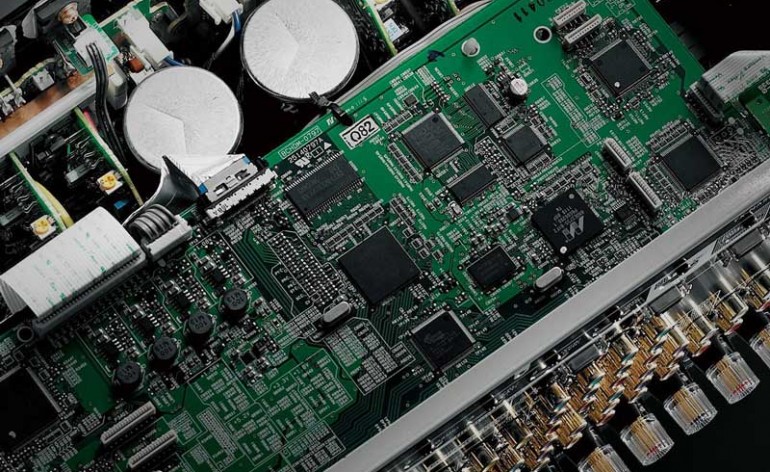
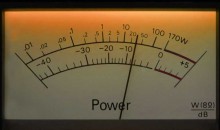
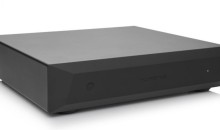
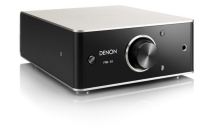
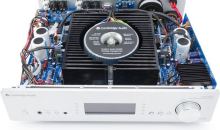

Well written article. I am from the old school (an old guy) and I appreciate the clarity of what you have to say. I suppose I have worked with and loved audio for possibly 77 years. I built my first Williamson type amplifier when I was 12 and ran a monaural recording studio while I was in high school. Had a record cutter that I used to make the old 16 inch demo disks. Probably had the first good quality condenser microphone in town.